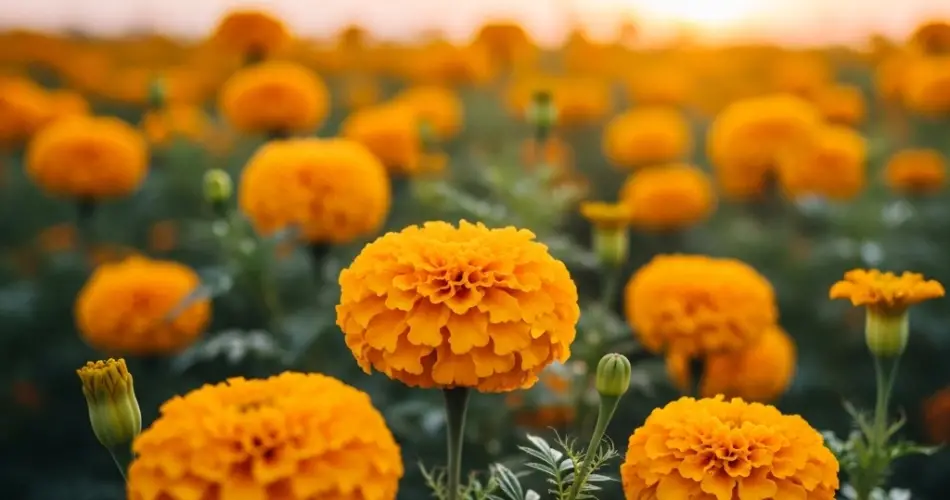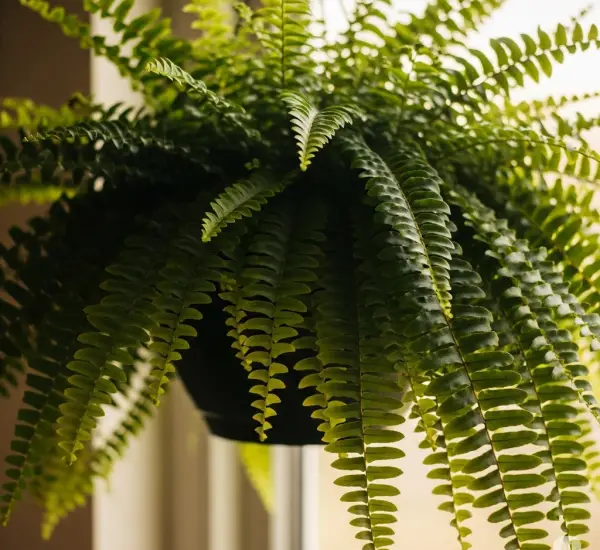Marigolds are among the most popular garden flowers, known for their vibrant blooms, pest-repelling qualities, and ease of care. But what many gardeners might not realize is just how simple it is to save marigold seeds for replanting next season. Learning to harvest your own seeds not only saves money but also ensures a continuous cycle of blooms year after year.
Whether you’re growing French, African, or signet marigolds, the process for collecting seeds is the same. With a few simple steps, you can create your own seed stash and enjoy a garden filled with familiar, thriving plants.
1. Know When the Seeds Are Ready
The first step in harvesting marigold seeds is to wait until the flowers have fully matured and died back. When the bright petals dry out and the base of the flower—the seed head—begins to turn brown and crisp, that’s your cue.
Look for:
-
Brown, dried flower heads with little to no remaining petals
-
A papery texture at the base of the flower
-
A slight looseness or wiggle when you gently tug on the head
Avoid collecting seeds from still-green or partially wilted blooms, as they may not have fully developed and are less likely to germinate.
2. Gathering the Seed Heads
Choose a dry, sunny day to harvest marigold seeds. Moisture can lead to mold and rot, so make sure there’s no dew or rain on the flowers when collecting them.
To gather:
-
Snip off the entire dried flower head with clean scissors or simply twist it gently with your fingers.
-
Place them into a paper bag or container (avoid plastic bags, which can trap moisture).
Label your collection if you’re working with more than one variety, especially if you’re growing multiple colors or marigold types.
3. Extracting the Seeds
Marigold seeds are very easy to identify and remove. Each flower head contains dozens of slender seeds attached to a dried base.
To extract:
-
Hold the dried base in one hand and gently pull the spent petals and seed cluster with the other.
-
The seeds should slide out easily. They are long, thin, and usually black on one end with a pale, beige tip.
-
Discard any moldy or underdeveloped seeds.
Spread the seeds out on a paper towel or plate to dry completely for a few days. This ensures they won’t retain moisture, which can lead to poor storage results.
4. How to Store Marigold Seeds Properly
Once the seeds are fully dry, proper storage is key to keeping them viable for next season.
Best practices for storing:
-
Place the seeds in a paper envelope or a small paper bag. Avoid plastic containers that can trap residual moisture.
-
Label each envelope with the marigold variety and harvest date.
-
Store the seeds in a cool, dry, dark place—such as a drawer, cabinet, or storage box.
With good storage conditions, marigold seeds can remain viable for up to 2–3 years, though it’s best to use them the following season for maximum germination rates.
5. Tips for Successful Replanting
Marigold seeds are straightforward to grow from seed, making them ideal for beginner gardeners.
When replanting:
-
Start seeds indoors 6–8 weeks before your last expected frost, or sow them directly into the garden after the risk of frost has passed.
-
Sow seeds about ¼ inch deep in moist, well-draining soil.
-
Keep the soil consistently moist until the seedlings emerge—usually within 5–7 days in warm temperatures.
-
Once they have a few sets of true leaves, you can thin or transplant the seedlings.
Marigolds grow quickly and begin to bloom in as little as 8 weeks from sowing, offering a fast reward for your efforts in seed saving.
6. Benefits of Saving Marigold Seeds
Harvesting your own seeds offers more than just cost savings:
-
Sustainability: Reduces dependency on commercial seed packets and promotes self-sufficiency.
-
Seed adaptation: Over time, saved seeds can adapt to your specific garden conditions, potentially becoming hardier and more productive.
-
Preservation of favorite traits: You can save seeds from the plants that had the best color, bloom size, or pest resistance.
Saving seeds is also a great educational activity for kids and a satisfying step toward creating a more self-sustaining garden.
Final Thoughts
Harvesting marigold seeds is a simple yet powerful way to extend the beauty and bounty of your garden. With just a little time and care, you can collect, store, and grow vibrant marigolds season after season. Not only will you save money, but you’ll also gain a deeper connection to the lifecycle of your plants—one of the most rewarding aspects of home gardening.



